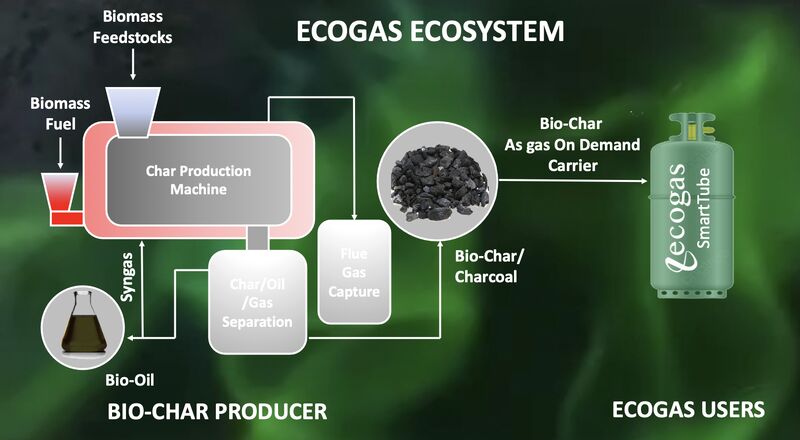Interface for Low Cost To High Value Clean Energy
Advanced Renewable
Tue , 23 Apr 2024 21:52 WIB

Low cost energy sources are actually abundant around us, people have been able to easily produce biogas from wet and liquid waste for a long time. Likewise with dry waste and municipal solid waste, synthetic gas is easily produced with a simple gasification reactor. Even when CO2 is reacted with charcoal, it becomes new energy in the form of CO gas.
However, biogas, CO gas and syngas have the same problem, namely that their calorific value is still low. Biogas is only around 21 MJ/kg, CO gas is only half that, around 10 MJ/kg, and syngas varies greatly depending on the H2/CO ratio. So how to increase the selling value of this cheap and abundant but low-calorie gas?
The first way can be through a series of reactors that I introduced previously to process these gases into oxygenated fuels such as ethanol, methanol and DME, or convert them into hydrocarbon fuels such as diesel, gasoline, jet-fuel or LPG.
The second way is to change the low value gas mentioned above into a high value product, namely pure hydrogen - both for energy purposes and for other industrial feedstocks. Biogas, CO gas and syngas can all be converted into pure hydrogen through just one reactor, namely the Membrane Reactor (MR). The MR that we designed looks like in the picture below.
There are two functions carried out in this MR, namely the hydrogen production function and the purification function. For the production function, if the input is biogas - where the main components are CH4 and CO2, the production function start with dry reforming and wet reforming. The result is syngas, namely CO and H2, the CO through Water Gas Shift (WGS) is further processed into hydrogen.
If the input is already CO gas or syngas, then the production function is just to convert CO into H2 via WGS. The overall production function in this MR will produce H2 which is still mixed with CO2, so this is where the membrane plays a role, namely to separate H2 gas from CO2 gas.
MR applications can be very broad, both in the energy sector and in any industry that requires feedstocks in the form of hydrogen. Because low quality gas materials such as biogas, CO gas and syngas are everywhere, wherever we can produce these gases, with the addition of MR we can also produce pure hydrogen. Just adding H2 Fuel Cells will provide electrical energy with very high efficiency.
Industrial players will be able to convert their CO2 emissions into hydrogen with just 2 reactors, namely OCCYRE which I introduced previously and this MR. Advanced vehicles with FCEV (Fuel Cells Electric Vehicle) engines, even Wing In Ground Effect (WIGE) flying vehicles such as the Tagar#SeaCheetah will be able to operate anywhere in the world because the fuel they need can always be provided.
Pos Lainnya
Paru-Paru Peradaban Carbon
Apr 23, 2024
Bahan Bakar Murah Tanpa Subsidi, Bisa!
Apr 23, 2024
Kategori
Renewable Energy






Silakan mendaftar terlebih dahulu!
Untuk memposting komentar baru. Anda harus login terlebih dahulu. Masuk
Komentar
Tidak ada komentar